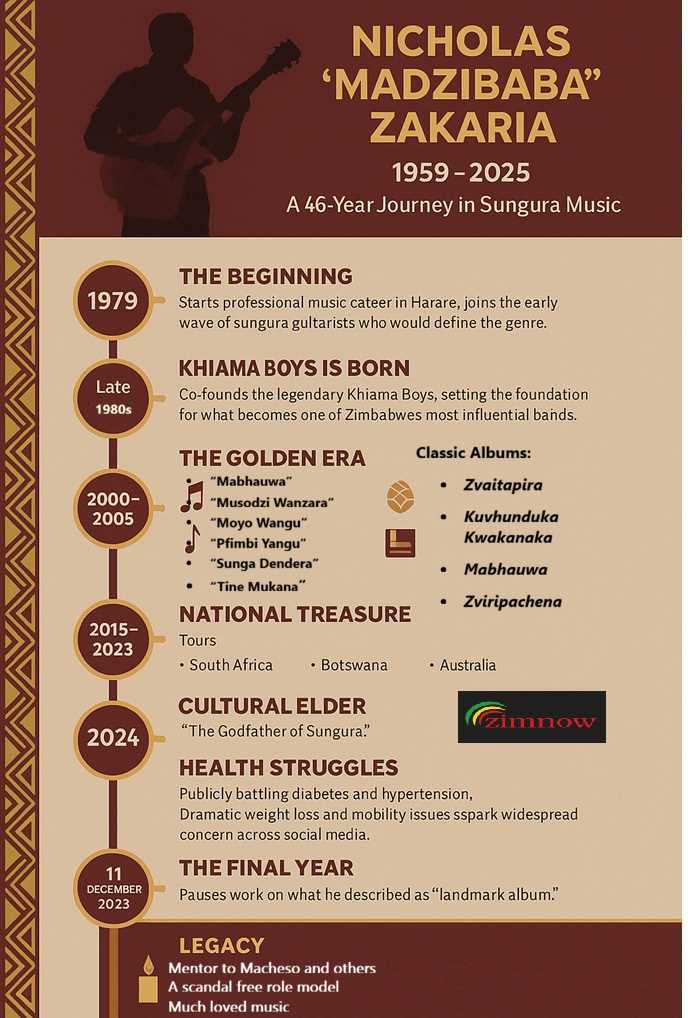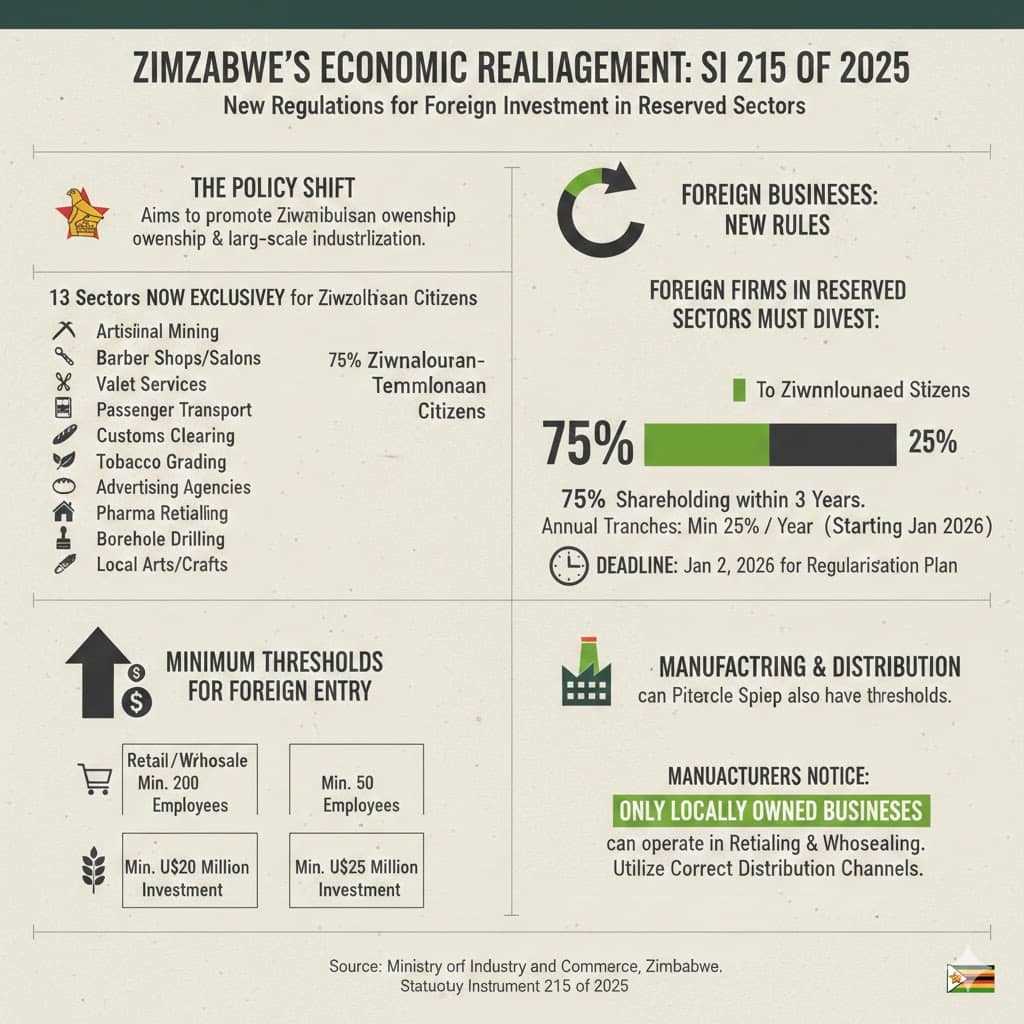
Oscar J Jeke,
Zim Now Reporter
As global health systems buckle under the ongoing mpox epidemic, a new and deadly virus is threatening to overwhelm healthcare infrastructures in parts of Africa.
The recent outbreak of Marburg virus disease in Rwanda has triggered alarm, with health officials racing to contain the haemorrhagic fever, which has already claimed 11 lives.
The highly infectious Marburg virus, similar in symptoms to Ebola, was first confirmed in Rwanda last week. To date, 36 cases have been reported, with seven of the country's 30 districts affected.
The virus is spreading at a time when Rwanda’s healthcare system is already stretched thin by efforts to combat the resurgence of mpox, placing immense pressure on medical personnel and resources.
Over 70% of Marburg cases in Rwanda are among health workers, highlighting the virus’s rapid transmission within medical facilities. The infections are concentrated in Kigali, where two hospitals have seen significant numbers of staff fall ill. The outbreak has forced many frontline workers into quarantine or medical care, further crippling Rwanda’s ability to respond effectively.
Rwanda’s Ministry of Health has quarantined 25 patients, while more than 300 contacts are being traced to prevent further transmission. The World Health Organization has dispatched teams of experts to assist with infection prevention, contact tracing, and clinical care.
“The outbreak of Marburg virus is a grave concern, but we remain committed to managing both crises,” said Rwanda’s Minister of Health, Dr. Sabin Nsanzimana. “We are working closely with international partners and mobilizing resources to protect our population."
The emergence of Marburg virus in Rwanda presents a serious new challenge to global health efforts, already stretched by the battle against mpox. Like Marburg, mpox is a viral zoonotic disease transmitted through close contact with infected individuals or animals. However, while mpox is less lethal, the combination of both diseases has left healthcare systems grappling with escalating caseloads.
Mpox cases have surged globally since 2022, re-emerging in several countries across Africa, Europe, and the Americas. Health experts had previously warned of the risk of co-occurring outbreaks, and Rwanda’s situation exemplifies the complexities of managing multiple viral epidemics simultaneously. Both diseases can be transmitted through close contact, and the demand for stringent infection control measures is straining already limited resources.
Related Stories
Marburg virus disease is notorious for its high fatality rate, which can range from 24% to 88%, depending on the outbreak and the quality of available care. The virus is transmitted through contact with the bodily fluids of an infected person or contaminated materials, such as bedding and clothing. Once infected, patients experience sudden fever, severe headaches, and internal bleeding, which can lead to shock and multi-organ failure.
In the absence of a vaccine or specific treatment, medical care is largely supportive, making the rapid spread of Marburg in hospitals particularly concerning. Many health facilities, particularly in low-income countries like Rwanda, lack the infrastructure necessary to implement strict isolation measures or provide intensive care to critically ill patients.
This outbreak has heightened concerns about the ability of underfunded healthcare systems to handle multiple disease threats. With mpox still spreading in various regions, the simultaneous appearance of Marburg virus could lead to a public health disaster, experts warn.
Dr. Tedros Adhanom Ghebreyesus, Director-General of WHO, issued a statement saying, “The emergence of Marburg virus in Rwanda is a stark reminder of the dangers posed by zoonotic diseases. We must act quickly and decisively to prevent the virus from gaining a foothold in communities already struggling with other health challenges.”
While the WHO has sent teams to assist in Rwanda’s response, the organization has called for increased global support, warning that failure to control the Marburg outbreak could result in a wider regional or even international spread.
The outbreak underscores the vulnerability of many African nations to sudden, high-fatality diseases. The rise in zoonotic diseases—viruses that jump from animals to humans—has been linked to environmental changes, deforestation, and increased interaction between human populations and wildlife. As these interactions intensify, the risk of new outbreaks is expected to grow.
Amid mounting public health crises, African governments are working with international organizations to strengthen surveillance, improve response mechanisms, and build more resilient health systems. However, the dual threat of Marburg and mpox in Rwanda illustrates how quickly health systems can be overwhelmed.
Rwanda is now racing against time to contain the Marburg outbreak before it spreads further. Public health officials are urging citizens to adhere to hygiene protocols, avoid contact with bodily fluids, and report any suspicious symptoms immediately.
As Rwanda grapples with these twin epidemics, the need for stronger, well-funded healthcare systems has never been more evident. The coming weeks will test the country’s capacity to manage simultaneous outbreaks, and the outcome could have implications far beyond its borders.
The Marburg virus outbreak, coupled with the ongoing mpox crisis, presents a dire public health challenge for Rwanda—and potentially for the global community. As countries mobilize resources and expertise, the effectiveness of these efforts will determine how quickly this new threat can be contained.
Health workers and citizens are advised to maintain strict hygiene measures and avoid contact with sick individuals. Those experiencing symptoms such as fever, vomiting, or unexplained bleeding are urged to seek immediate medical care.
The spread of Marburg virus to Rwanda signals the growing risk of more frequent and severe outbreaks of deadly zoonotic diseases in Africa. Experts emphasize the role of environmental changes, deforestation, and increased human-wildlife interactions in facilitating the emergence of such diseases.



















Leave Comments